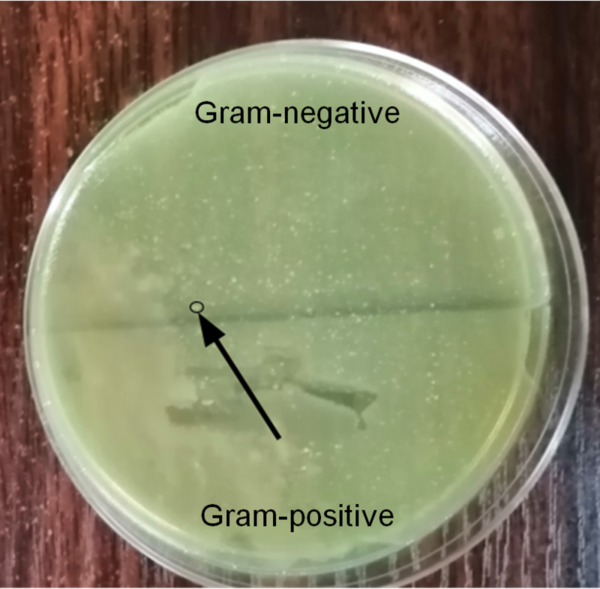Effect of Gram-positive bacteria on antibiotic resistance in Gram-negative bacteria
(1) Berkeley High School, (2) Harvard University, (3) University of Connecticut Health Center
https://doi.org/10.59720/23-123
Antibiotics are one of the most common treatments for bacterial infections, but the emergence of antibiotic resistance is a major threat to the control of infectious diseases. Many factors contribute to the development of antibiotic resistance. One is bacterial conjugation from Gram-positive to Gram-negative bacteria where there is a transfer of resistance genes from Gram-positive to Gram-negative bacteria that could increase antibiotic resistance in the latter. In light of these observations, we decided to test whether Gram-negative bacteria that came into contact with Gram-positive bacteria had a higher resistance to the antimicrobial properties of spices than Gram-negative bacteria that did not come into contact with Gram-positive bacteria. We hypothesized that Gram-negative bacteria that had been exposed to Gram-positive bacteria would be more resistant to antibiotics than unexposed Gram-negative bacteria. To test our hypothesis, we cultured and subcultured lettuce (Gram-negative) bacteria and forearm (Gram-positive) bacteria, as well as lettuce bacteria that encountered forearm bacteria, on agar plates using powdered ginger, which has previously been shown to have antimicrobial properties to assess antibiotic resistance. We found that lettuce bacteria that encountered forearm bacteria were indeed more resistant to ginger since they showed more growth than lettuce bacteria. These results indicate that Gram-positive bacteria may transfer their resistance genes to Gram-negative bacteria, resulting in increased antibiotic resistance. If thousands of Gram-positive bacteria become antibiotic-resistant and pass those genes to Gram-negative bacteria found in the human body, it can make bacterial infections more difficult to treat.
This article has been tagged with: